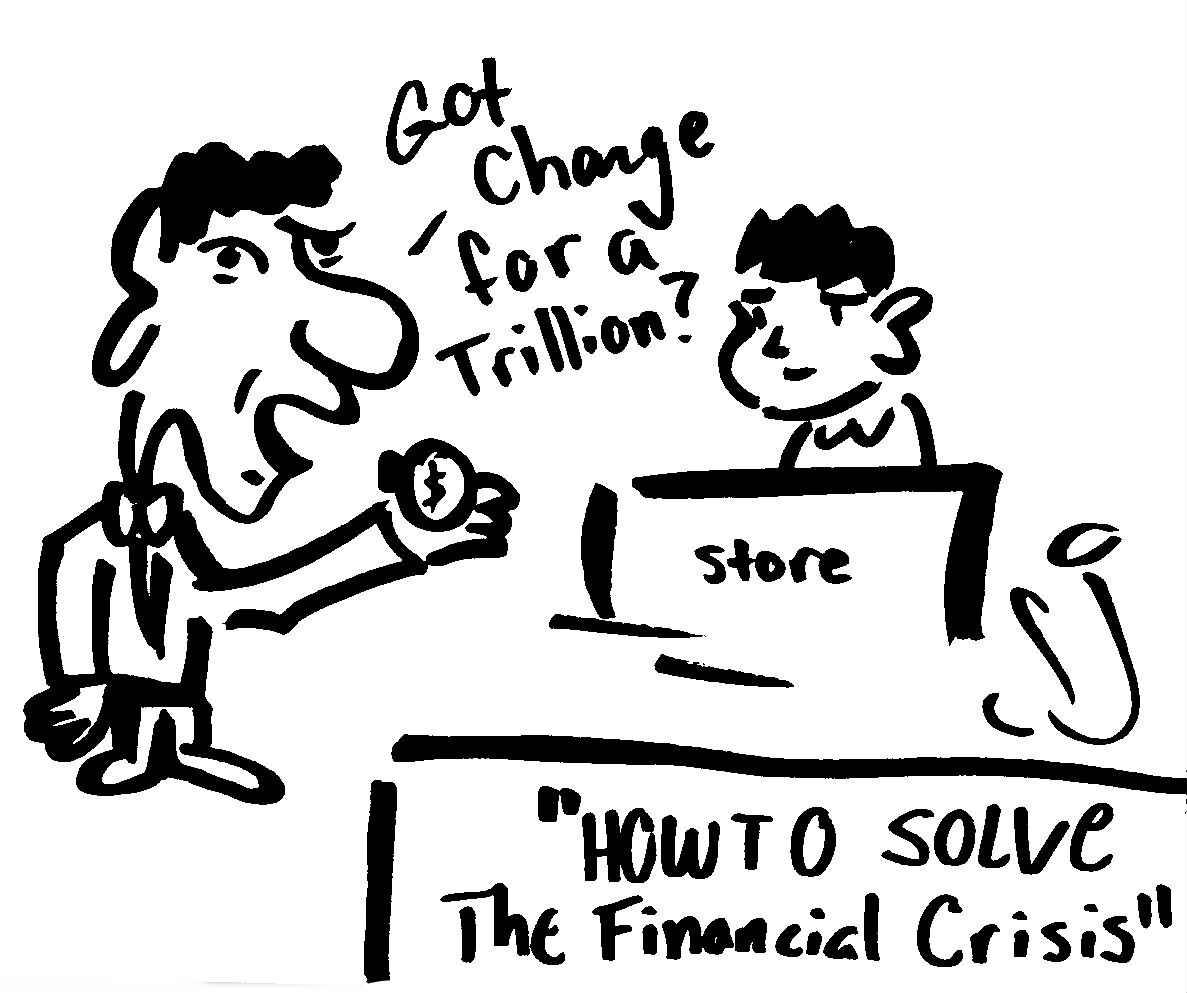I am sure that all of you are aware by now that the budget crisis is a serious problem that has widespread ramifications for both the United States and the global economy.
In his testimony to the Senate Finance Committee, Secretary of the Treasury Jack Lew said, “If Congress fails to meet its responsibility, it could be deeply damaging to the financial markets, the ongoing economic recovery, and the jobs and savings of millions of Americans,” when discussing the implications of the U.S. defaulting on its debt.
To be specific, Thursday is the last day that the Treasury Department can borrow money. Faced with impending obligatory multi-billion dollar payments to Social Security, Medicare, federal salaries and the military, the government will be hard-pressed to obtain the funds necessary to cover these aforementioned expenditures.
That being the case, if this crisis can be averted in any way other than with the House of Representatives passing a budget that does not defund the Affordable Care Act, it would be nothing short of a godsend.
There may, in fact, be a solution that is as ridiculous as it is apt to solve our problems—a trillion-dollar coin.
According to the United States Mint, “All circulating, bullion and numismatic operating expenses and capital investments incurred for the Mint’s operations and programs are paid out of the United States Mint Public Enterprise Fund.
“By law, all funds in the PEF are available without fiscal year limitation.”
The United States Mint said, “Revenues determined to be in excess of the amount required by the PEF are transferred to the United States Treasury General Fund as off-budget and on-budget receipts.”
The crazy idea behind the trillion-dollar coin is to use this legal loophole in the Mint’s policy to generate one trillion dollars-worth of seigniorage (the difference between the cost that it takes to physically produce currency and the value that currency has) which would then be transferred to the general fund, and, subsequently, the Treasury.
Although the policy that enables this procedure was not intended to do so, the surplus of funds would give the executive branch the ability to pay the government’s bills without having to wait for Congress to appropriate funds.
Though this sounds like a joke, it has been taken seriously by many influential economists and business analysts. Most notably, Nobel Prize-winning economist Paul Krugman has been outspoken in his support of implementing the trillion-dollar coin as a solution to the budget crisis.
In his article in The New York Times titled, “Be Ready To Mint That Coin,” Krugman said, “[President Obama] will, after all, be faced with a choice between two alternatives: One that’s silly but benign, the other that’s equally silly but both vile and disastrous. The decision should be obvious.”
That statement raises an important point: Sure a trillion-dollar coin is crazy, but is it really any less crazy than the most powerful country in the world defaulting on its debt because its elected officials could not agree on a budget?
Moreover, apart from the executive branch usurping the separation of powers, what is so crazy about creating a trillion-dollar coin anyway? Throughout the past five years, the Treasury has printed the equivalent of two of those coins in the form of Treasury bonds.
Of course, rapidly increasing the monetary base runs the risk of inflation. However, this increase would not be much different than the practice of quantitative easing, the results of which are contingent upon the public perception of the expected values of inflation.
I am not optimistic about the prospects of the trillion-dollar coin. I am more optimistic that Congress will be able to pass a budget.
But if it can’t, I would much rather see a trillion-dollar coin with John Boehner’s face on it than a default.





